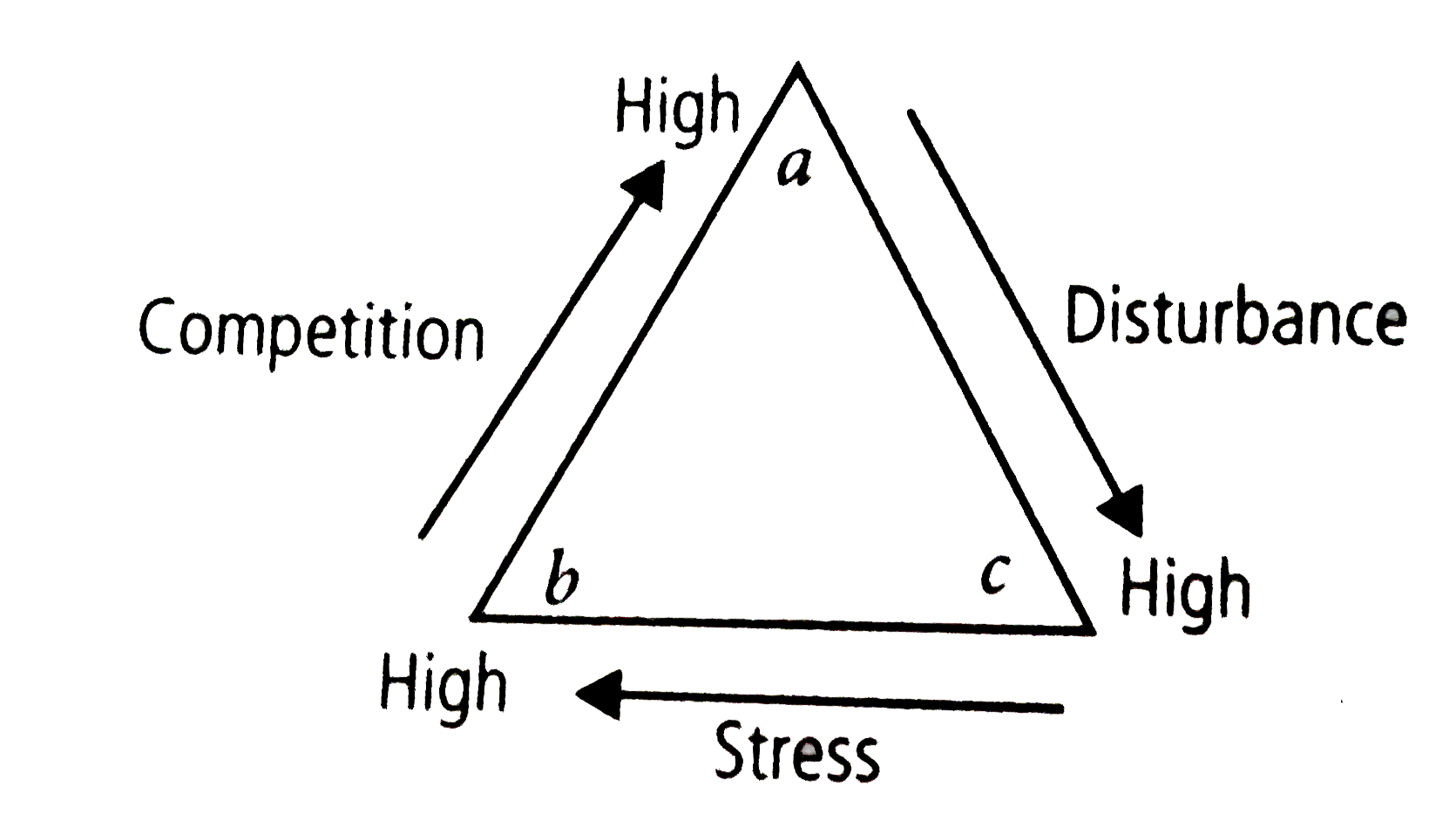A lateral branch with short internodes and each node bearing a rosette of leaves and a tuft of roots is found in aquatic plants like
Banana and water lettuce
Lotus and Wolffia
Water hyacinth and water lettuce
Chrysanthemum and jasmine
To solve the question regarding the lateral branch with short internodes, each node bearing a rosette of leaves and a tuft of roots in aquatic plants, we can follow these steps:
1. Identify the Characteristics:
- The question describes a lateral branch with short internodes.
- Each node has a rosette of leaves and a tuft of roots.
2. Understand the Environment:
- These branches are typically found in aquatic plants, which grow on the surface of water.
3. Function of the Branches:
- The primary function of these branches is propagation. They help in the reproduction of the plants, especially in an aquatic environment where traditional means of propagation might not be effective.
4. Identify Examples:
- Common examples of aquatic plants that exhibit these characteristics are:
- Pistia (commonly known as water lettuce)
- Eichhornia (commonly known as water hyacinth)
5. Conclusion:
- Based on the characteristics and examples, we conclude that the lateral branch with short internodes and each node bearing a rosette of leaves and a tuft of roots is found in aquatic plants like water lettuce (Pistia) and water hyacinth (Eichhornia).
Final Answer:
A lateral branch with short internodes and each node bearing a rosette of leaves and a tuft of roots is found in aquatic plants like water lettuce (Pistia) and water hyacinth (Eichhornia).
---
- The question describes a lateral branch with short internodes.
- Each node has a rosette of leaves and a tuft of roots.
- These branches are typically found in aquatic plants, which grow on the surface of water.
- The primary function of these branches is propagation. They help in the reproduction of the plants, especially in an aquatic environment where traditional means of propagation might not be effective.
- Common examples of aquatic plants that exhibit these characteristics are:
- Pistia (commonly known as water lettuce)
- Eichhornia (commonly known as water hyacinth)
- Based on the characteristics and examples, we conclude that the lateral branch with short internodes and each node bearing a rosette of leaves and a tuft of roots is found in aquatic plants like water lettuce (Pistia) and water hyacinth (Eichhornia).
A lateral branch with short internodes and each node bearing a rosette of leaves and a tuft of roots is found in aquatic plants like water lettuce (Pistia) and water hyacinth (Eichhornia).
Topper's Solved these Questions
Similar Questions
Knowledge Check
_________are one internodes long runners, usually found in rosette plants at the ground/water level.
ATrailersBOffsetsCStolonsDRhizomesThe figure below depicts life-histroy strategies for three plant species (a,b and c) along 3 axes : strength of competition with other organisms, level of distrubance in the habitat, and level of environmental stress in the habitat. Species a grows in habitats where competition among species b grown in habitats with and stress are low. Species b grows in habitats with high environmental stress but with low interspecies competition. Species c grows in highly disturbed habitats with low enviornmental stress.
 Which of the statements below is/are correct ?
Which of the statements below is/are correct ?
I. Characteristics of "a-type" plants are faster growth rate and short-lived leaves.
II. Desert annual plants are "b-type" species. they have rapid growth and produce large amount of seeds in a short time after rains.
III. Most plants belonging to "c-type" species would be herbaceous while "a-type" and "b-types" species are likely to be trees or shrubs.AOnly IIBI and IICI and IIIDII and III
In one plant, adventitious roots are modified for storage and in the other plant a lateral branches with short internodes and each node bearing a rosette of leaves and tuft of roots. They are
(a) Sweet Potato and Pistia
(b) Eichhornia and Jasmine
(c) Carrot and Mint
(d) Turnip and Chrysanthemum
View SolutionAssertion:The alternate type of phyllotaxy is the arrangement of leaves in which a single leaf arises at each node in alternate manner.
Reason:The alternate type of phyllotaxy is seen in China rose and mustard plant .
View SolutionIn aquatic plants like Pistia and Eichhornia, leaves and roots are found near…….
View SolutionSelect correct statements from the following:
a. In the majority of the dicotyledonous plants, the direct elongation
of the radicle leads to the formation of the primary root.
b. In monocotyledonous plants, the primary root is short-lived and is replaced by a large number of roots. These roots originate from the lowermost node of the stem and constitute the fibrous root system.
c. Adventitious roots are found in Monstera and banyan tree.
d. The fibrous root system is found in wheat and mustard plants.
View SolutionA runner of water with one thick internode, found in aquatic rosette plants like Eichhorina (water hyacinth) is called
View SolutionThe submerged leaves of aquatic plants are thin and ribbon-like. Why?
View Solution
